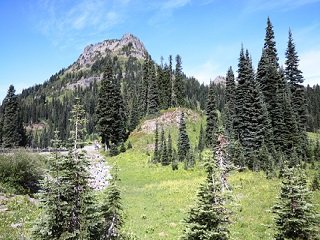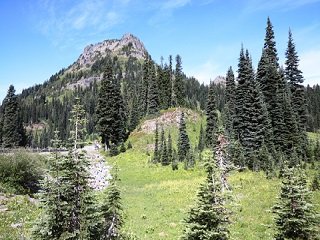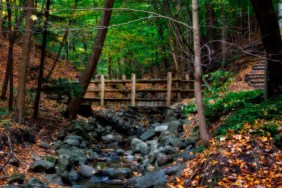 The trail is a great way to explore the outdoors in your own city, but eventually the call of the wild grows stronger and the urge to get off the beaten path become hard to resist. Backcountry hiking and camping will allow you to further explore some of the more rugged and untouched areas of the wilderness, but doing so without any preparation or practice would be a mistake. To gain some experience with backcountry hiking, it’s smart to start slowly and work your way up to a full on backcountry trip, and today I’ve provided you with a few easy steps to help.
The trail is a great way to explore the outdoors in your own city, but eventually the call of the wild grows stronger and the urge to get off the beaten path become hard to resist. Backcountry hiking and camping will allow you to further explore some of the more rugged and untouched areas of the wilderness, but doing so without any preparation or practice would be a mistake. To gain some experience with backcountry hiking, it’s smart to start slowly and work your way up to a full on backcountry trip, and today I’ve provided you with a few easy steps to help.
One great way to baby step into backcountry hiking is to slingshot for a few trips. Slingshotting is when you use an actual campsite as a central location and then go on a few out-and-back day hikes from that location. As you do this more and more, and your familiarity with the backcountry increases, feel free to hike farther and towards new areas to build experience.
If it helps when slingshotting, try to connect two established trails with a backcountry route. Not only will this build experience trekking through backcountry terrain, but it will also help you build your map reading skills while keeping you close to the trail.
Lastly, it may help to rely on those who have gone before you when it comes to blazing a trail through the backcountry. By following such natural trails—creeks and game trails, for example—you won’t have to worry about finding your way through brush as you travel out and back. Keep in mind, however, that animals are used to such rough terrain and are capable of negotiating ground that we aren’t, so some trails may lead to potentially dangerous footing.
The most important thing you can do in the backcountry is be sure to always have a map and a compass on hand. Getting off the trail is a fund adventure, but getting lost isn’t. Make the time to practice and familiarize yourself with off-trail hiking before setting forth on more lengthy treks. Doing so can be a lifesaver in the long run.








